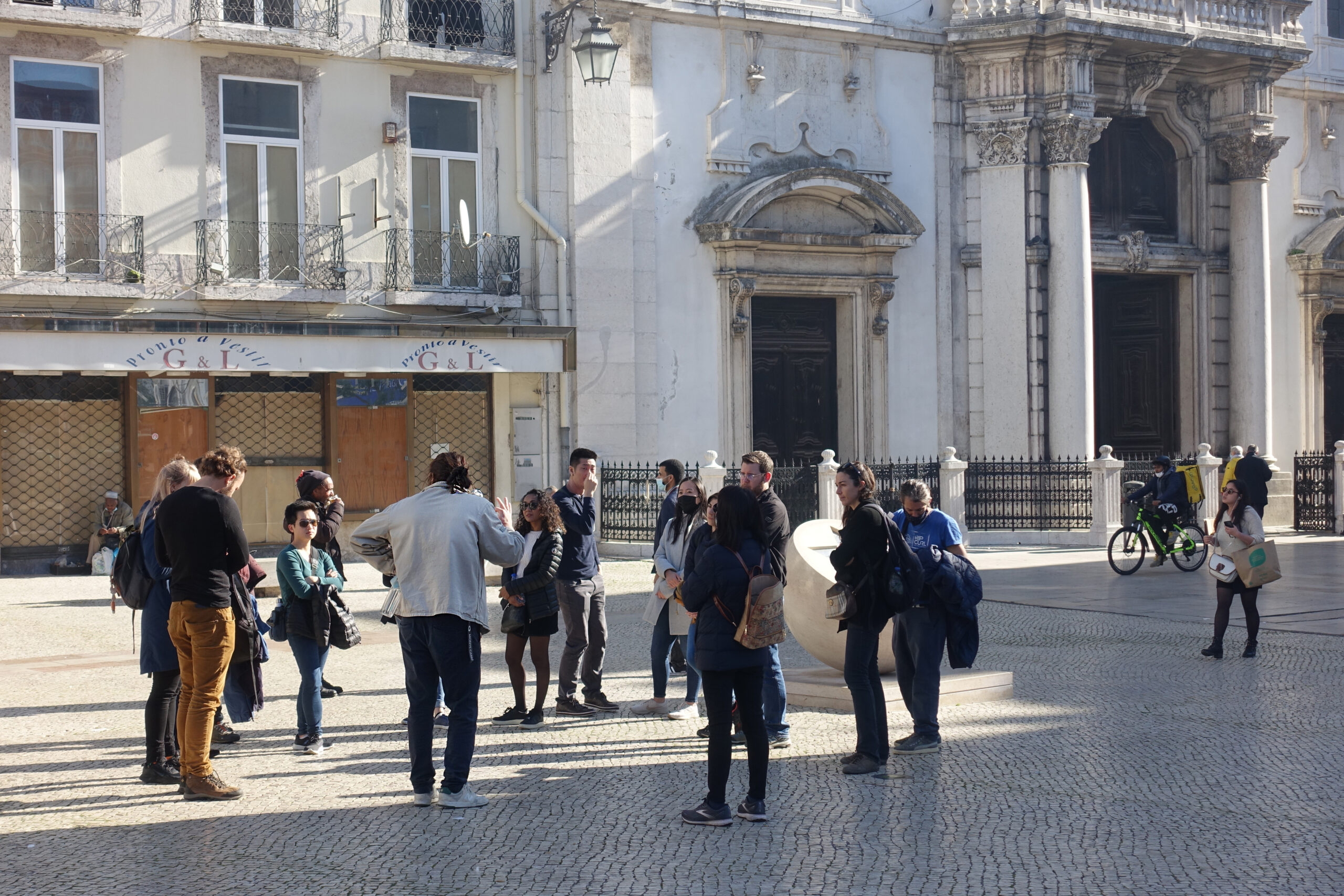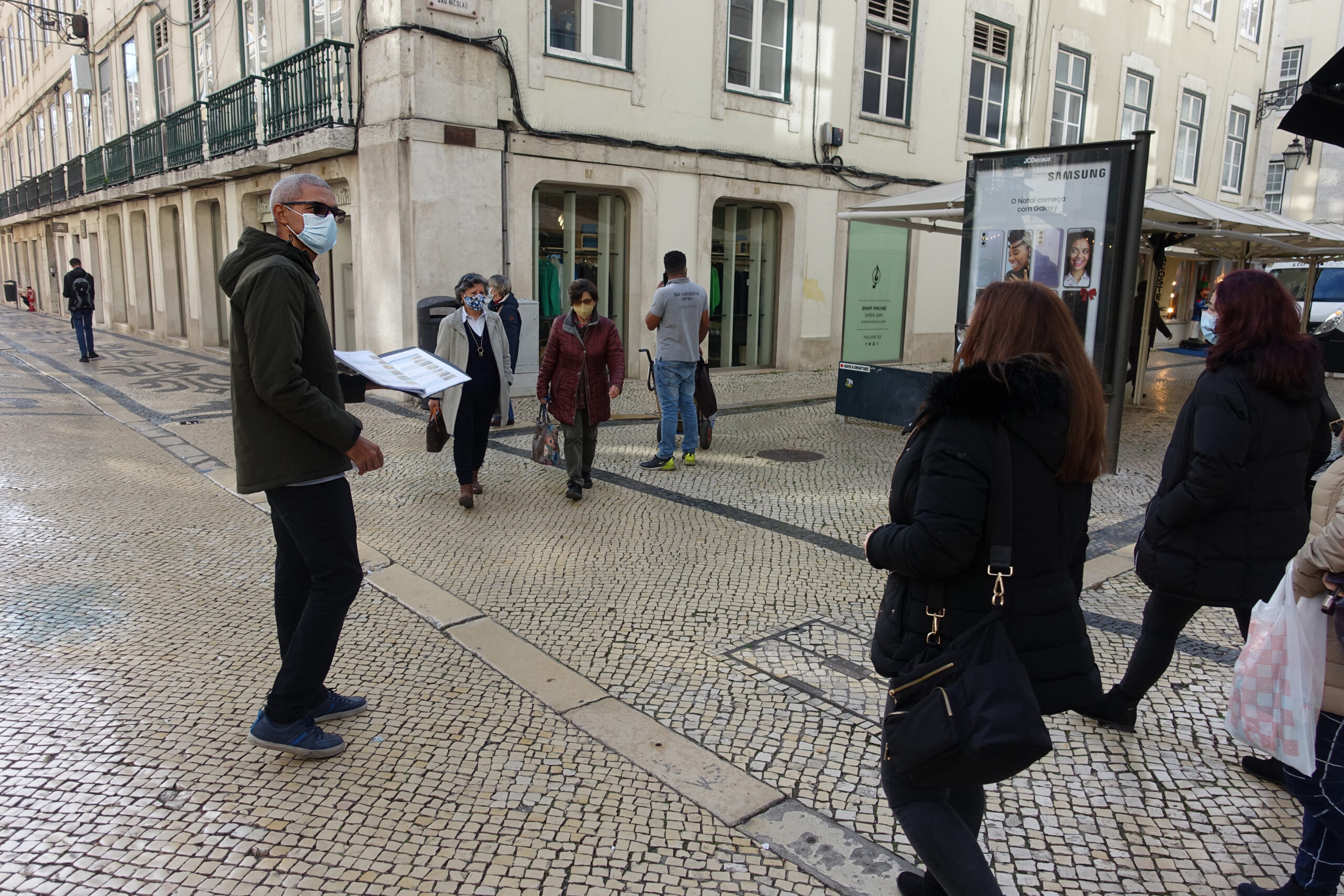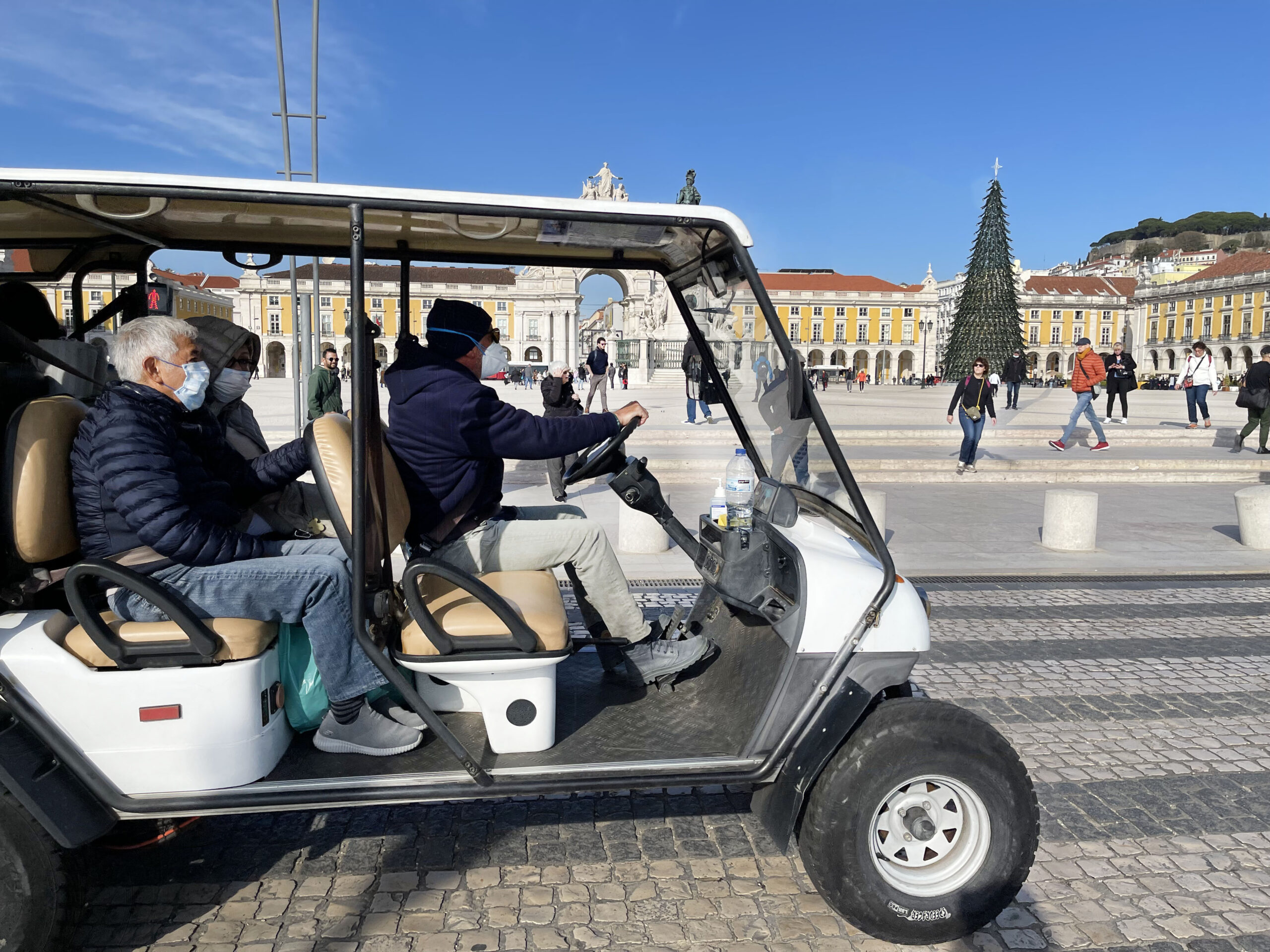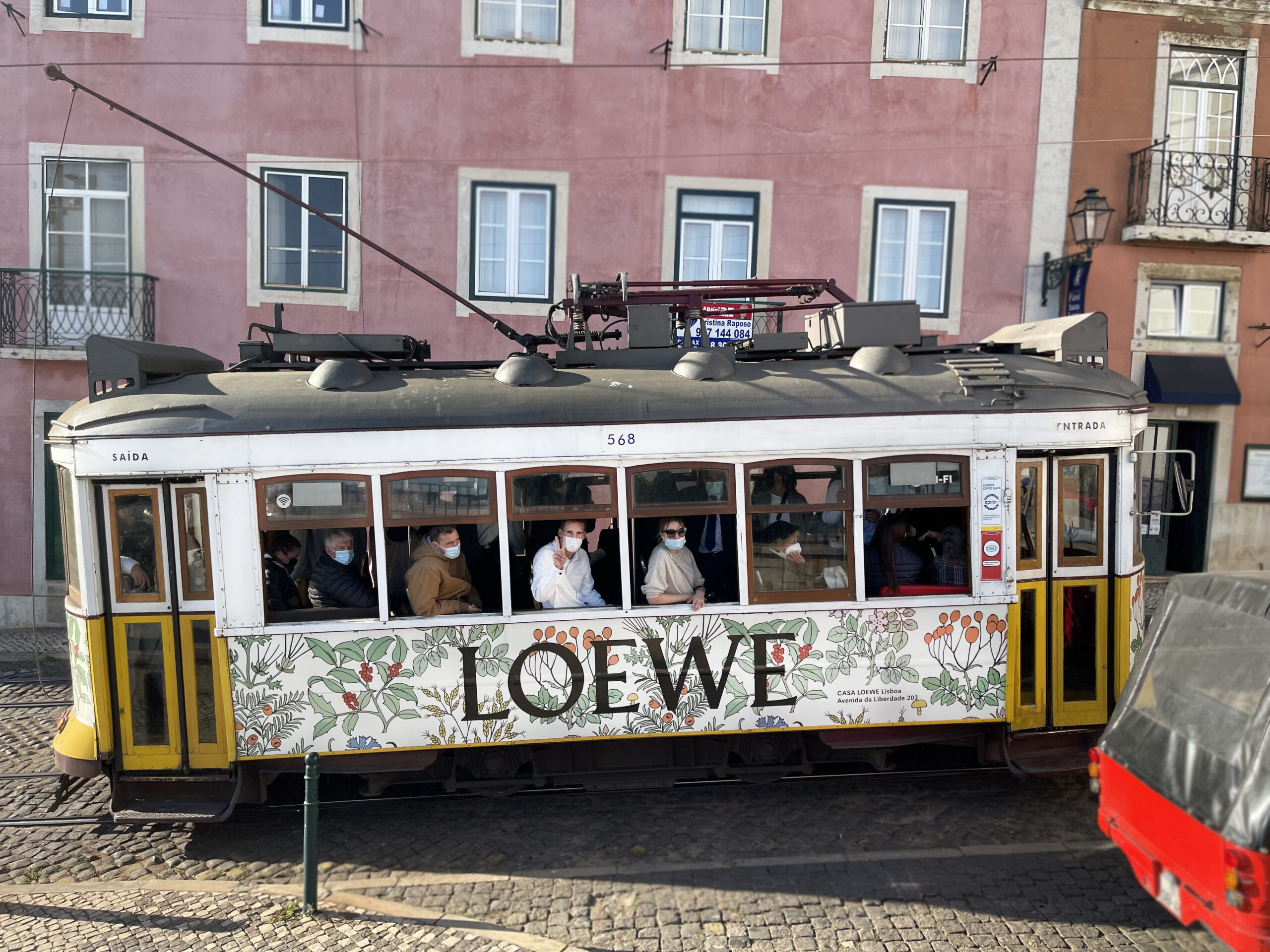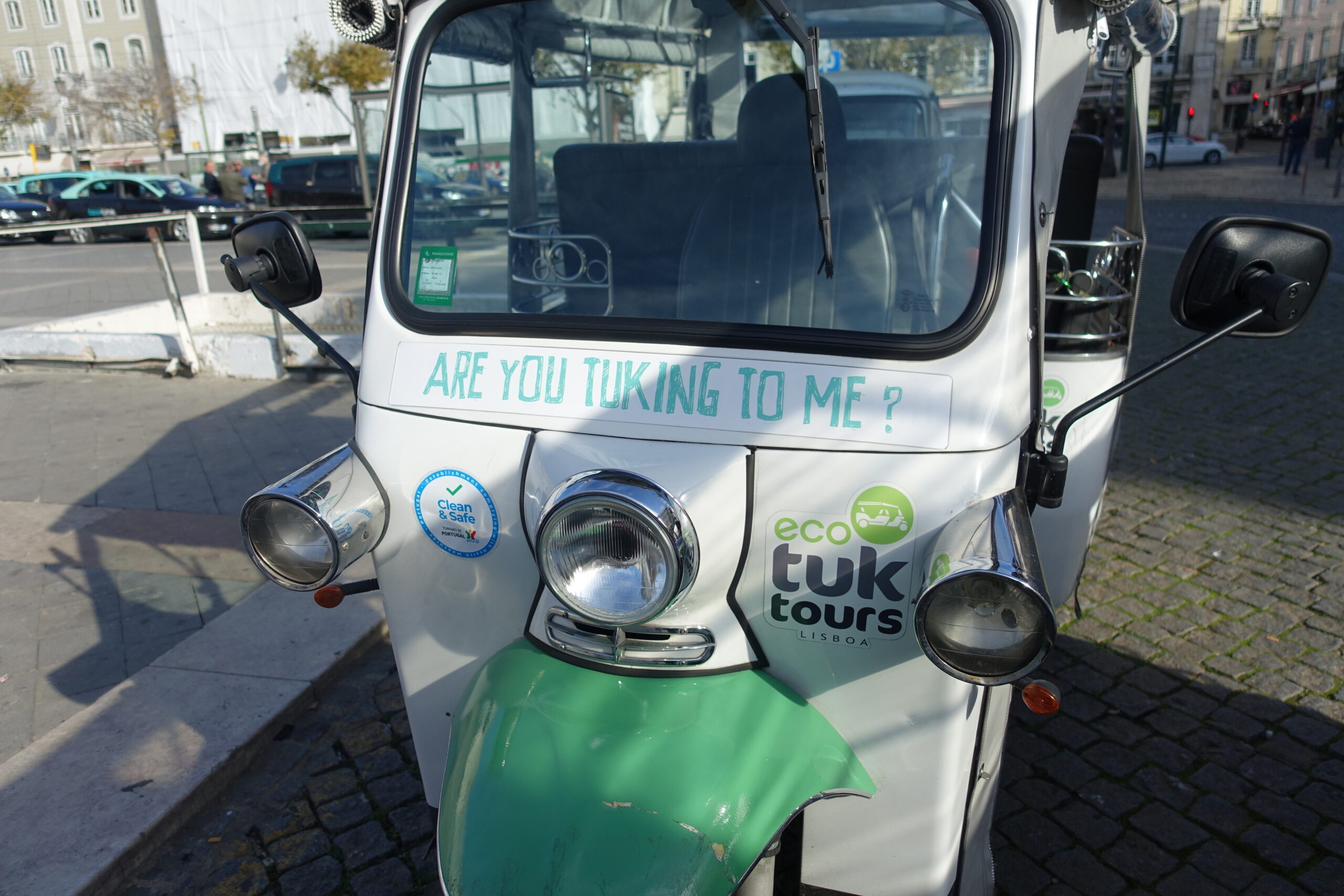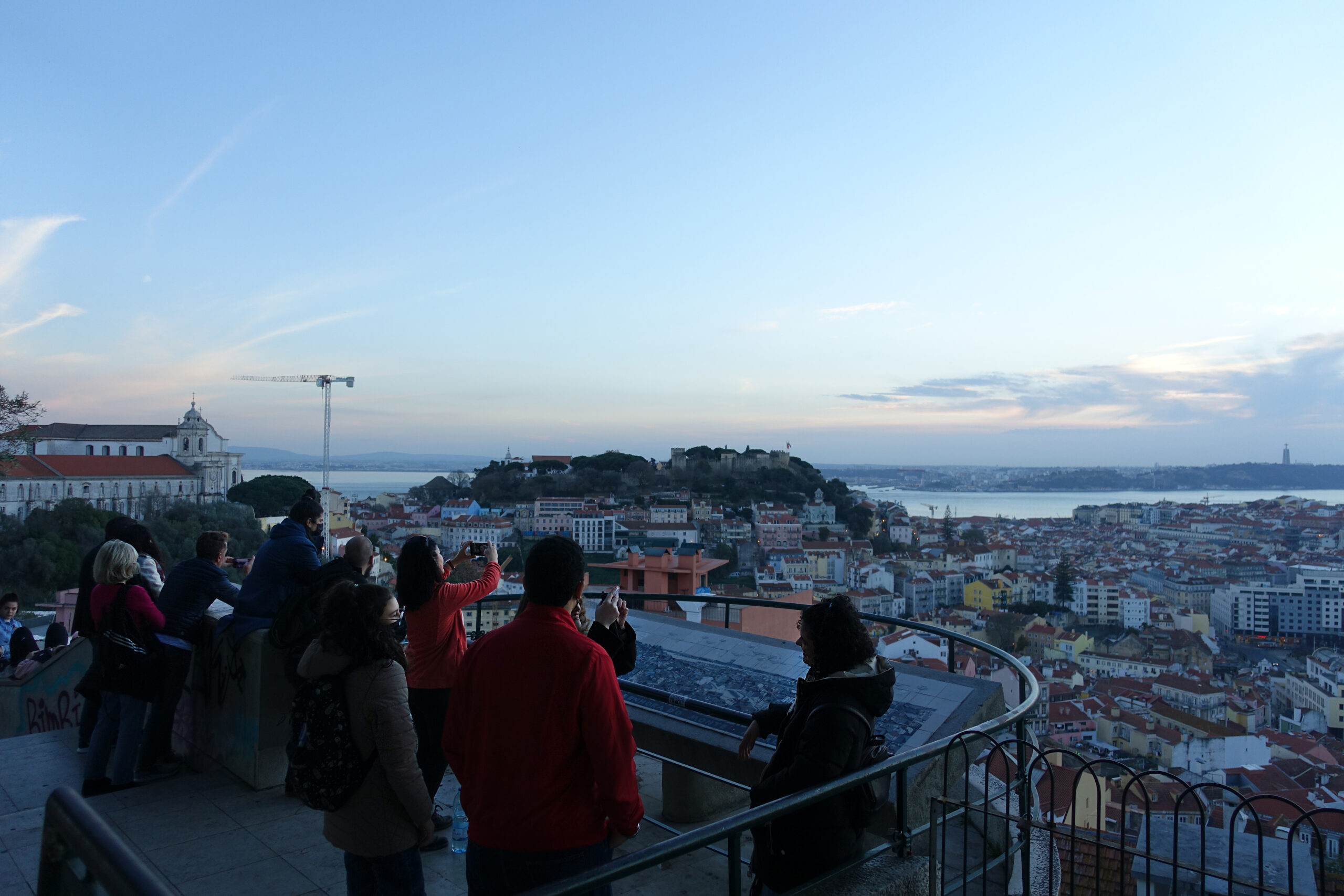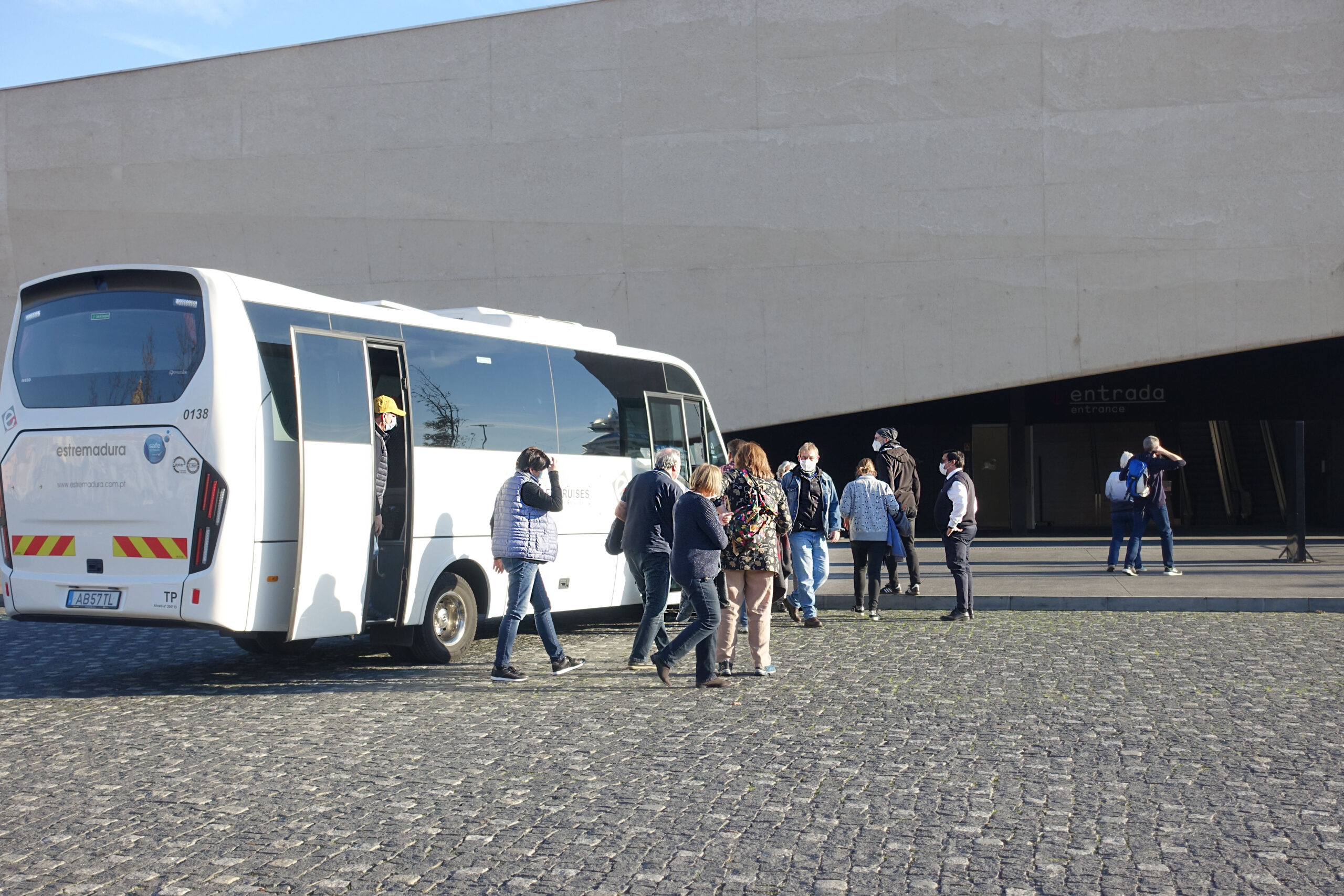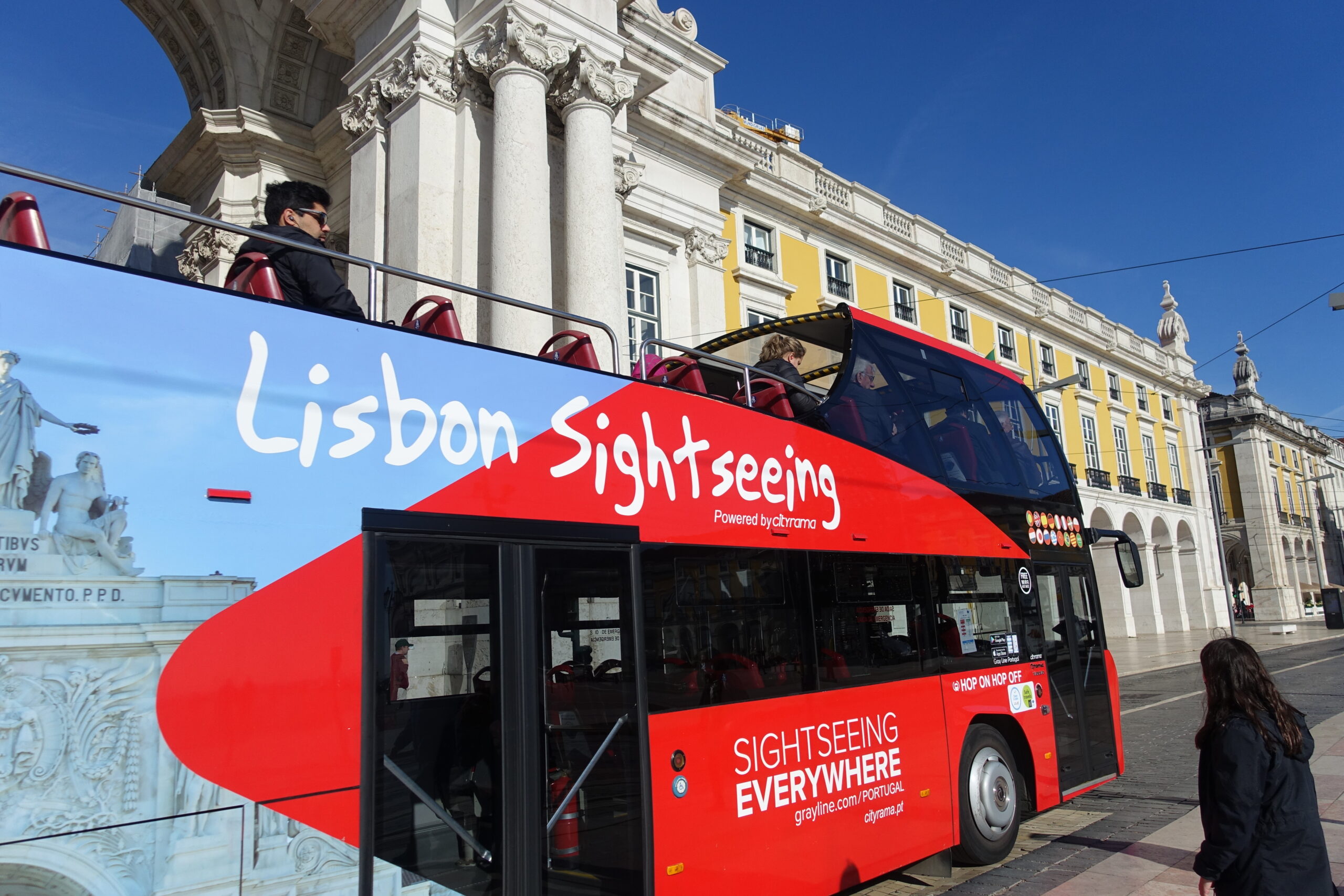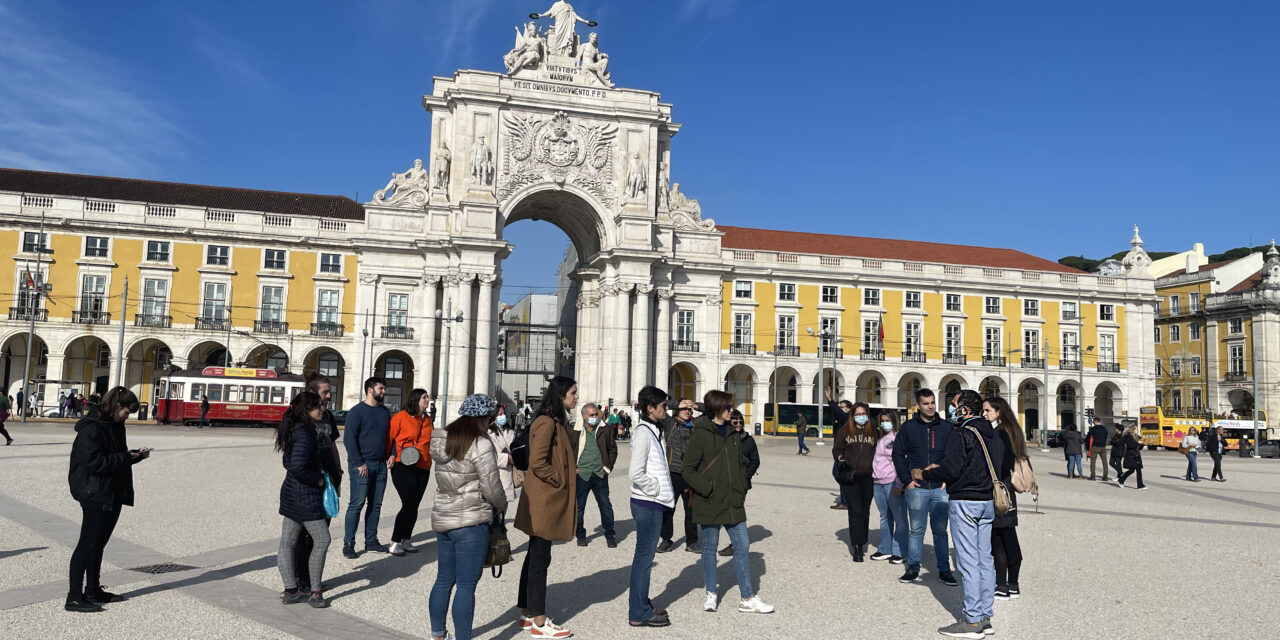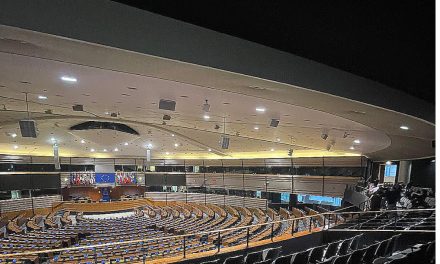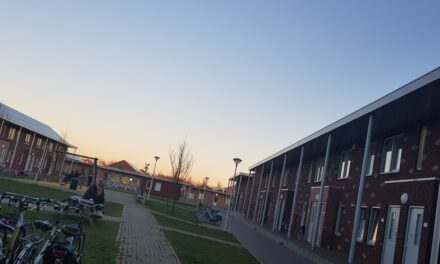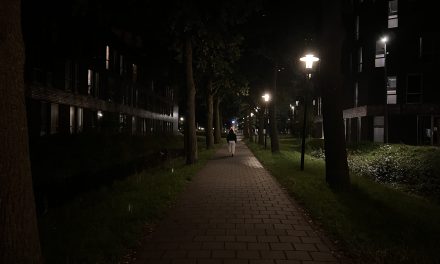Lisbon and Amsterdam – Two well-known and appreciated capital cities in Europe. Since 2014, these two locations have experienced unprecedented success in the face of tourism and continues to evolve despite the global pandemic. Back in 2019, both cities welcomed an average of 23.5 million tourists, a figure as impressive as frightening. By walking through the streets of Lisbon, it’s obvious to see that practically everything is set up for tourism. In Amsterdam, it’s rather the creativity, the innovation and the entrepreneurial spirit that makes this city so appreciated.
According to the Tourism Review News, in 2017, Amsterdam had an occupancy rate of 85.5% while Lisbon is in second place with a rate of 80.5%. The Transport and Tourism Committee (TRAN) defines the overtourism phenomenon as: “The situation in which the impact of tourism, at certain times and in certain locations, exceeds physical, ecological, social, economic, psychological, and/or political capacity thresholds.” But is overtourism a clear issue for these two cities?
A 100% boost to the economy
A good economy, the dream of any European city. Tourism is one of the major factors for the inflow of money. After their financial crisis in 2014, Amsterdam and Lisbon were able to find their stability mainly thanks to tourism. Thousands of direct and indirect jobs have been created and several businesses have been developed. Luis Pedro Carmo Costa, who is doing the market and visible studies for everything touristic for the Neoturis agency, says: “Tourists can sustain activities in Lisbon. But we’re too much dependent on tourism. It represents 12% of the GDP”. He continues: “A beneficial aspect is that, since 2015-2016, tourists have to pay a touristic tax.” According to the NBTC (Netherlands Board of Tourism and conventions), Dutch residents were all over tourism until overtourism came along with streets and stores crowded with foreigners.
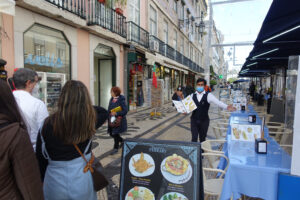
A waiter offering a table to passers-by in the shopping street of Lisbon.
“Accommodating tourists is more interesting financially”
Tourism is growing, and the real estate market has taken advantage of this to grow. Many owners in Lisbon and Amsterdam have turned their properties into Airbnb’s for tourists. The result? In Lisbon, some residents had to leave their home because the price had become too high. The city went from 700,000 to 500,000 inhabitants. Costa from Lisbon, explains: “In reality, the mandatory renovations for accommodations cost a lot, 2000€ per square kilometer. Some families were unable to pay such an amount. The owners quickly turned their properties into tourist accommodations”. In Amsterdam, the issue is similar. According to Bente Kerckhoffs, who works in Amsterdam & Partners to improve the reputation in Amsterdam and influencing the behaviour by guiding tourists to less well-known places, explains: “Economically the increased amount of visitors is perceived positive by hotels”. He continues: “But there is a downside as well: because of too many tourists, the rules and regulations concerning Airbnb’s are changing. A hotel stop is demanded in order to stop the onrush.” The Neoturis agency had made a study for Lisbon: in 2014, the demand was 7517 overnights and in 2019, 10490 overnights or 6.9% increase. (Number of hotel units is growing at a faster pace than rooms supply)
A plane ticket for nothing
In 2007, low cost came up. With the rise of tourists, low-cost flight agencies have become financially more interesting. Traveling with Ryanair company has never been easier until now. People from Europe can get to a plane, fly for few hours only and be at the destination they chose. Amsterdam is a popular touristic destination due to its geographical position in the center of Europe. For some countries, it only takes two to three hours with any transport to get to the center of the city. According to the Statista website, in August 2019, the highest number of passengers flying into Amsterdam Airport was 6.810. Due to the global pandemic, in May 2021, the city welcomes only 1680 passengers. The difference with Amsterdam is that Lisbon’s airport is unable to handle as many visitors.
Traveling on water
Cruises: the number one enemy of Lisbon and Amsterdam. Indeed, these huge boats dock at the pier and drop off thousands of people in record time. As a result, Lisbon and Amsterdam are suffocated by foreigners wandering the streets. Costa explains: “Cruises are seasonal. Some days, we have three big cruises boat coming in Lisbon”. He goes on laughing: “It was hell here. But now, they’re trying not to all come at the same time.”
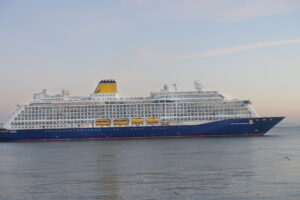
A cruise ship that leaves after its stay in Lisbon.
Focused on sustainability
In recent years, tourism has greatly threatened the sustainability of European cities, including Lisbon and Amsterdam. “There is a challenge of people coming to Amsterdam and causing problems through misbehavior such as drunkenness, wild peeing, noise and garbage”, Kerckhoffs explains. He adds: “Those such things are not accepted in Amsterdam and tourists are made aware and eventually influenced by our campaign Enjoy & Respect.” Sandra Henriques Gajjar, who is a writer, blogger and storyteller in Lisbon, shared her views on the cultural sustainability on the website “Sygic”. For her, each city has its own identity, language, culture, inhabitants, landscape, typical food and cultural interactions. And yet, tourist cities are constantly changing their identity to meet the desires of tourists. A potential solution would be to ensure that each city focuses on the spreading of visitors over time and places as Amsterdam & partners does so well in collaboration with the government and other stakeholders. Costa from Neoturis affirms: “Sustainability is on the agenda of Lisbon. But we’re mainly focusing on the sustainability for the city itself. If the city is good for locals, then it’s always good for the tourists.”
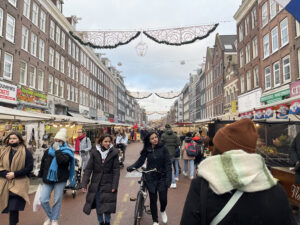
An open market in an Amsterdam street
Covid crisis, is it a solution?
Everyone has been impacted somehow but tourism is probably one of the sectors that has been the most affected by the health crisis. Amsterdam and Lisbon have lost almost 50% of their tourists. However, it was a way to reflect on solutions to avoid falling back into overtourism. For example, it would be beneficial to help small businesses, to prevent all residences from turning into Airbnb’s or to direct tourists to other small towns. “The number of people in Amsterdam are growing and there are beautiful companies and business here. It’s all about finding a new balance; how do we cope with that growth?” He continues: “ We want to strengthen the qualitative image of Amsterdam, not its quantitative image”. For Lisbon, the best solution would be to slow down the arrival of tourists and encourage them to stay longer. We are still in a period of crisis, but tourism is starting to increase again. It’s not a question of banning tourism but of finding a balance to make overtourism a strength for Lisbon and Amsterdam.
